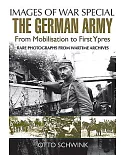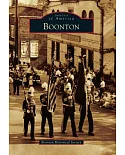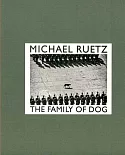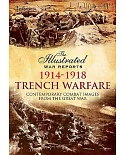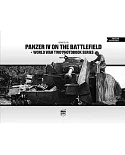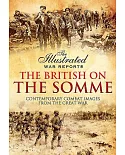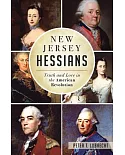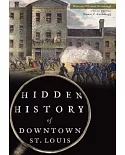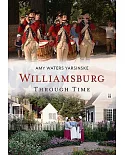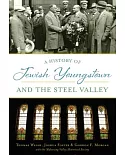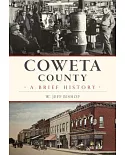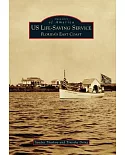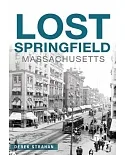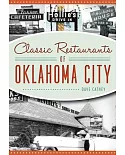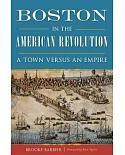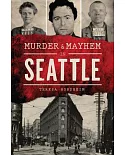Beautifully illustrated, the fascinating story of The Easter Rising—an armed insurrection in Ireland during Easter Week, 1916
The Rising was mounted by Irish republicans to end British rule in Ireland, secede from the United Kingdom of Great Britain and Ireland and establish an independent Irish Republic while the
United Kingdom was heavily engaged in World War I. It was the most significant uprising in Ireland since the rebellion of 1798. Organized by seven members of the Military Council of the Irish
Republican Brotherhood the Rising began on Easter Monday, 24 April 1916, and lasted for six days. Members of the Irish Volunteers—led by schoolmaster and Irish language activist Patrick
Pearse, joined by the smaller Irish Citizen Army of James Connolly, along with 200 members of Cumann na mBan—seized key locations in Dublin and proclaimed the Irish Republic independent of
the United Kingdom.With vastly superior numbers and artillery, the British Army quickly suppressed the Rising, and Pearse agreed to an unconditional surrender on Saturday 29 April. Most of
the leaders were executed following court-martial, but the Rising succeeded in bringing republicanism back to the forefront of Irish politics. Support for republicanism continued to rise in
Ireland in the context of the ongoing war in Europe and the Middle East and revolutions in other countries, and especially as a result of the Conscription Crisis of 1918 and the failure of
the British-sponsored Irish Convention.In December 1918, republicans represented by the Sinn Féin won 73 Irish seats out of 105 in the 1918 General Election to the British Parliament, on a
policy of abstentionism and Irish independence. On 21 January 1919 they convened the First Dáil and declared the independence of the Irish Republic, and later that day the Irish War of
Independence began.


